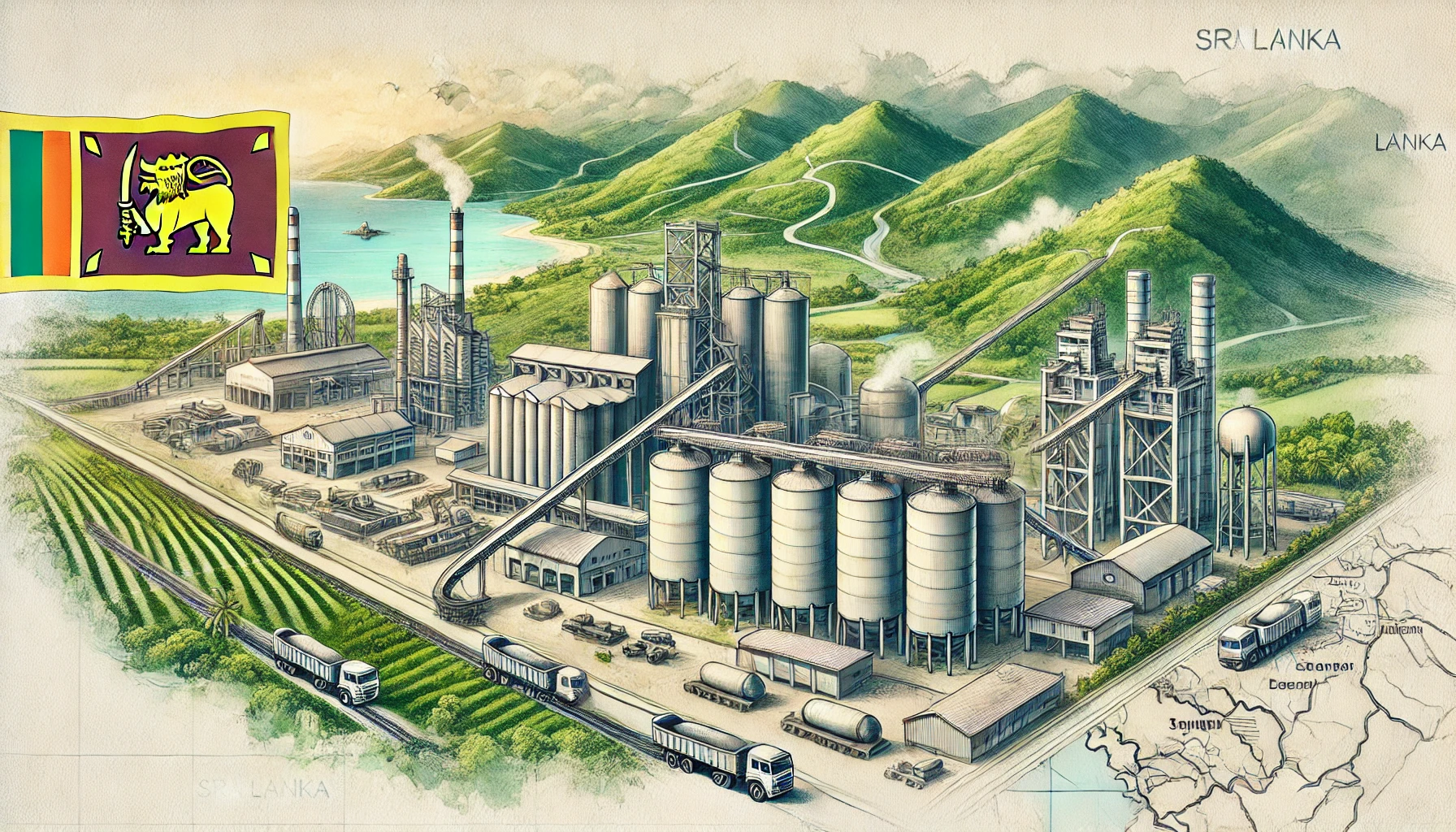Introduction to the Opportunity
The Kankesanthurai Cement Factory (KKS), Sri Lanka’s northernmost cement production facility, presents a transformative opportunity for investors in the construction and industrial sectors. This project involves the revival of a historic factory with unparalleled resource access, strong government backing, and a rapidly growing market demand.
Originally established in 1950, the KKS factory ceased operations in 1990 due to civil unrest. It is strategically located in Jaffna, home to substantial limestone deposits sufficient for over 100 years of production. With an estimated investment of LKR 1.5 billion (USD 11.4 million), the project aims to restore the factory to meet 10% of Sri Lanka’s annual cement demand and reduce dependency on imports
Project Highlights
1. Market Dynamics: Rising Cement Demand
- Sri Lanka’s construction industry is experiencing unprecedented growth, driven by rapid urbanization, infrastructure development, and a burgeoning real estate market. Cement demand has been growing at a consistent 15% annually, with consumption projected to exceed 6.7 million metric tons by 2024
- Local production currently satisfies only 30% of the market demand, creating a dependency on imports. Reviving KKS will help capture this unmet demand while offering price-competitive solutions for the domestic market
2. Strategic Location & Resource Advantage
- Abundant Limestone Deposits: The factory’s location in Jaffna provides direct access to high-quality limestone reserves capable of supporting production for 100 years at a rate of 3,500 tons per day
- Cost Advantages: Proximity to resources and Sri Lanka’s key infrastructure, including ports and highways, ensures reduced logistics and raw material costs compared to imported cement
3. Revival Plan & Financial Projections
- Production Capacity: Once operational, KKS is projected to produce 760,000 tons of cement annually, meeting 10% of local demand.
- Revenue Potential: With competitive pricing, KKS aims to generate significant revenue streams from domestic sales.
- Return on Investment (ROI): The Sri Lanka Cement Corporation expects to recover the initial investment in 15 years, with an estimated annual profit margin of 8%
4. Economic Impact
- Foreign Exchange Savings: By substituting imports, the factory will save Sri Lanka approximately USD 13 million annually in foreign exchange
- Employment Creation: The project will create hundreds of direct and indirect jobs in the Northern Province, driving socio-economic development in a post-conflict region.
Investment Incentives
1. Government Support
Policy Backing: The Sri Lankan government is actively seeking private sector participation to restore KKS, offering incentives to local and international investors
Public-Private Partnership Model: The government’s readiness to collaborate ensures reduced risk for private investors, with access to strategic resources and support mechanisms.
2. Sustainable Development Potential
The project aligns with sustainable industrial practices, leveraging local raw materials and reducing the environmental footprint associated with cement imports. It also contributes to the reconstruction and development of Sri Lanka’s Northern Province.
3. Strategic Growth Market
Investing in KKS allows access to a high-growth market with strong fundamentals. The construction boom, along with the government’s focus on infrastructure projects, ensures sustained demand for quality cement products.
Why Invest Now?
Timely Market Entry: Cement demand is at an all-time high, driven by rapid economic recovery and urbanization trends.
Proven Resource Availability: The KKS factory’s limestone reserves provide unparalleled security for long-term operations.
Profitability & Social Impact: Beyond financial returns, investors contribute to Sri Lanka’s industrial revival and regional development.
Call to Action
Investors with an eye on high-growth, resource-secure industrial projects are encouraged to join this transformative venture. The Kankesanthurai Cement Factory offers a unique combination of financial returns, market impact, and sustainability—key components of a modern investment strategy.

No responses yet